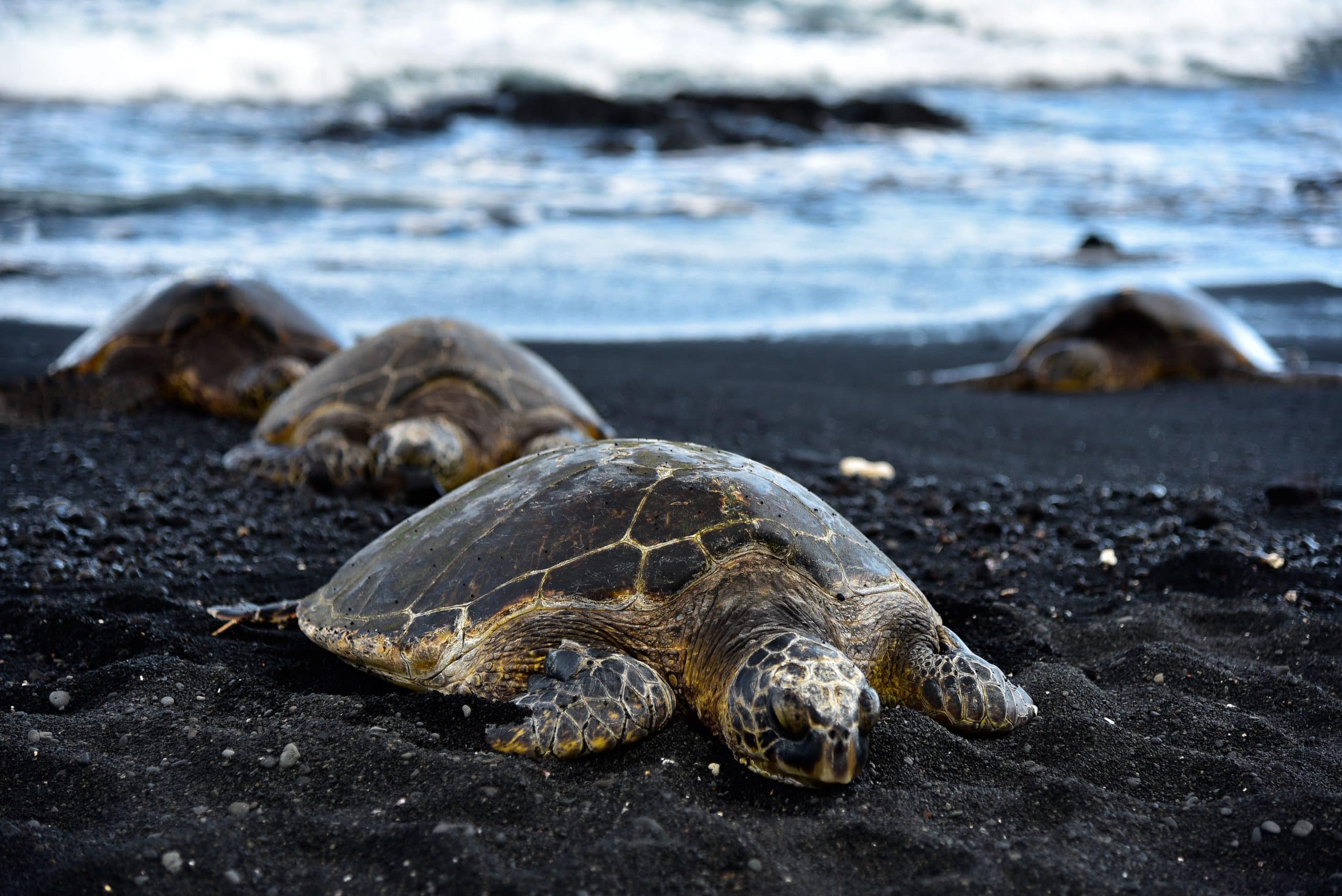How Can You Train Your Pet to Not Chase Wildlife?

With the increasing intermingling of urban and rural habitats, it’s common to encounter scenarios where our beloved pets come into contact with local wildlife. One of the most important aspects of responsible pet ownership is ensuring that our pets, particularly dogs, don’t become a nuisance or threat to local wildlife.
If you’ve ever watched your dog chase after a squirrel, bird, or even a deer, you may have found it amusing or terrifying, depending on the circumstances. While it may seem like harmless fun, this instinctual prey drive can lead to potentially dangerous situations for both our pets and the wildlife they pursue.
In the same genre : What’s the Best Way to Monitor Your Pet’s Health with Wearable Technology?
The question then becomes: how can you train your dog not to chase wildlife? In this article, we’ll explore various aspects of pet behaviour and provide training tips to help manage and mitigate your pet’s prey drive.
Understanding Your Pet’s Chase Behaviour
Before we delve into training strategies, it’s crucial to understand why our pets, especially dogs, are inclined to chase other animals. This instinctual behaviour goes back to their ancestors, the wolves, who rely on chasing and capturing prey for survival.
Have you seen this : How to Manage a Multi-Cat Household to Prevent Litter Box Issues?
While domestication has somewhat tempered this instinct, it’s still very much a part of a dog’s behavioural makeup. The sight of small, fast-moving animals like squirrels or birds can trigger a dog’s prey drive, compelling them to chase. However, this does not mean that your pet is aggressive or dangerous. It’s merely a manifestation of an inborn instinct.
With cats, their hunting behaviour is a bit more complex and less predictable. Cats are solitary hunters who rely on stealth and surprise, unlike dogs who may hunt in packs. Despite being well-fed and cared for, many domestic cats still display the urge to stalk and ‘hunt’, often leading to the death of smaller animals like birds and rodents.
Training Your Dog to Not Chase Wildlife
Training your dog to resist the urge to chase wildlife is a multi-step process that requires patience and consistency. It involves teaching your dog to focus on you, instilling a strong recall command, and gradually desensitizing them to the presence of wildlife.
Begin by teaching your dog to focus on you on command. Use treats or toys to capture your dog’s attention and reward them for making eye contact with you. This step is crucial because if your dog can’t focus on you in a distraction-free environment, they won’t be able to do so when a squirrel or bird zips past.
Next, work on a strong recall command. Start indoors or in a fenced yard with no distractions. Call your dog’s name and reward them for coming to you. Gradually increase the level of distraction, always rewarding your dog for responding to your recall.
Lastly, expose your dog gradually to environments with wildlife under controlled circumstances. Keep them on a leash and practice your focus and recall exercises. Over time, this will help condition your dog to resist the urge to chase.
Managing Your Cat’s Hunting Behaviour
Unlike dogs, cats aren’t as responsive to command-based training. However, there are still ways to manage and redirect your pet cat’s hunting behaviour.
Indoor enrichment is key. Ensure that your cat has access to a range of stimulating toys that cater to their hunting instincts. Activities such as ‘fetch’ and ‘chase the laser’ can provide an outlet for their prey drive in a controlled environment.
Additionally, try to keep your cats indoors during dawn and dusk, which are prime hunting times. You might also consider cat-proof fencing or an enclosed outdoor ‘catio’ to provide safe outdoor access while keeping wildlife safe.
Protecting Wildlife from Pet Predation
Apart from training and managing your pets, there are wider actions you can take to help protect local wildlife. One simple, yet effective strategy is to leash your dogs while walking in areas populated with wildlife. Leashes prevent dogs from chasing wildlife and also keep the dogs safe from potential harm.
Furthermore, when at home, keep your pets indoors, especially at night when many wildlife species are most active. If that’s not possible, ensure that your yard is securely fenced to prevent your dogs from wandering off and encountering wildlife.
Ultimately, it’s important to remember that as pet owners, we have a responsibility to manage our pet’s instincts and behaviours in a way that ensures their safety, the safety of others, and the protection of our local wildlife. It may take time and patience, but with consistent training and management, it’s entirely possible to keep our pets’ prey drive in check.
Addressing High Prey Drive in Certain Dog Breeds
It becomes a bit more challenging to tame the prey drive when you’re dealing with certain dog breeds. Some breeds, such as terriers, hounds, retrievers, and herding dogs, are known for having a high prey drive because they were originally bred for hunting or working purposes. This means they’re instinctually inclined to chase, and this behaviour may be more pronounced in them than in other breeds.
For breeds with a high prey drive, it’s not just about training your dog not to chase; it’s also about finding ways to channel those instincts constructively. You could look into dog sports that are designed to mimic hunting activities, like lure coursing or herding trials. These sports can provide an outlet for your dog’s prey drive in a controlled environment.
Another option is to incorporate more mental stimulation and physical exercise into your pup’s routine. This could be as simple as longer walks, off-leash play in a fenced area, or brain games that challenge your dog mentally. The goal is to tire out your dog so they’re less likely to have the energy to chase after small animals.
While training your dog not to chase wildlife is the ideal, sometimes the focus needs to shift to managing your dog’s behaviour. Remember, it’s not about ‘curing’ your dog of their natural instincts, but rather about teaching them to control their urges in a way that’s safe for them and the wildlife around them.
Conclusion: Balancing Pet Behaviour and Wildlife Safety
In conclusion, teaching your pet not to chase wildlife is an important part of responsible pet ownership. It’s not just about protecting wildlife; it’s also about ensuring the safety and well-being of your pets. When your dog chases wildlife, they can put themselves at risk of injury or disease. Similarly, when your cat kills small animals, they expose themselves to potential parasites or diseases.
Through training and managing your pet’s behaviour, you can help curb their instinctual prey drive. The goal is not to suppress their natural instincts but to teach them to manage those instincts in a manner that’s safe for everyone involved. This involves a combination of training strategies like instilling a strong recall command, gradually desensitizing your pet to the presence of wildlife, and providing stimulating activities that cater to their hunting instincts.
Remember, your pet relies on you to guide their behavior. While the process may require patience and consistency, the results are worthwhile. Not only will it enhance your bond with your pet, but it also plays a vital role in preserving local wildlife populations. The effort you put into training your pet today will contribute positively to their behaviour for the rest of their lives, creating a safer environment for everyone.
